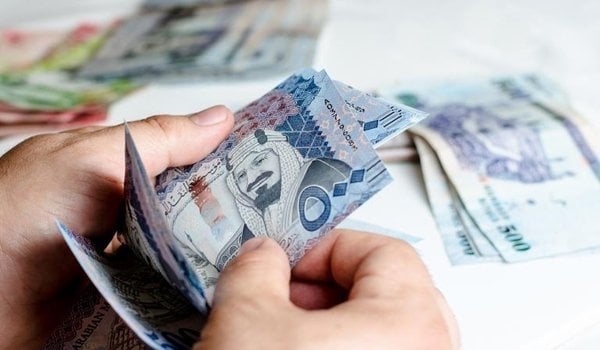Publisher: Maaal International Media Company
License: 465734
Volume of liquidity growth in Saudi economy reach 247.64 billion riyals by the end of October 2024
اقرأ المزيد
Liquidity levels “available money” in the Saudi economic system achieved a growth of more than 247,647 billion riyals on an annual basis, by 9.2%, to reach 2,936,089 million riyals by the end of October of the current year, compared to the same period last year, which amounted to 2,688,442 million riyals, and its levels reflect the money supply in its broad and comprehensive concept (N3), according to what was explained by the data of the monthly statistical bulletin of the Saudi Central Bank for October 2024.
Comparing liquidity levels on a quarterly basis, it recorded a growth of 1.5%, an increase of nearly 45 billion riyals, to reach 2,943,661 million riyals by the end of the third quarter of this year, compared to 2,898,706 million riyals by the end of the second quarter of the same year.
Liquidity levels grew by 8%, with an increase of more than 215 billion riyals, compared to their levels in January 2024, which were 2,720,957 million riyals. These levels of strong liquidity are a driver of the economic and commercial system, and contribute to achieving positive rates in the economic development process. By reviewing the four components of money supply (M3) in its broad and comprehensive concept, “demand deposits” recorded the largest contribution to the total by 49%, with a value of 1,425,489 million riyals by the end of October 2024, while “time and savings deposits” recorded 971,103 billion riyals, as they are the second largest contributors to the total money supply (M3) by 33%.
“Other quasi-cash deposits” reached 312,506 billion riyals, with a contribution of 11% to the total money supply, making them the third largest contributors. Fourth, “Currency in circulation outside banks” amounted to 226.991 billion riyals, with a contribution rate of about 8% to the total money supply.
It is noteworthy that quasi-cash deposits consist of resident deposits in foreign currencies, deposits against documentary credits, existing transfers, and repurchase (repo) operations carried out by banks with the private sector.
Domestic liquidity also includes (M1), which includes cash in circulation outside banks, in addition to demand deposits only, and (M2) includes (M1) in addition to time and savings deposits, and the broad definition (M3) includes (M2) in addition to other quasi-cash deposits.
Related








